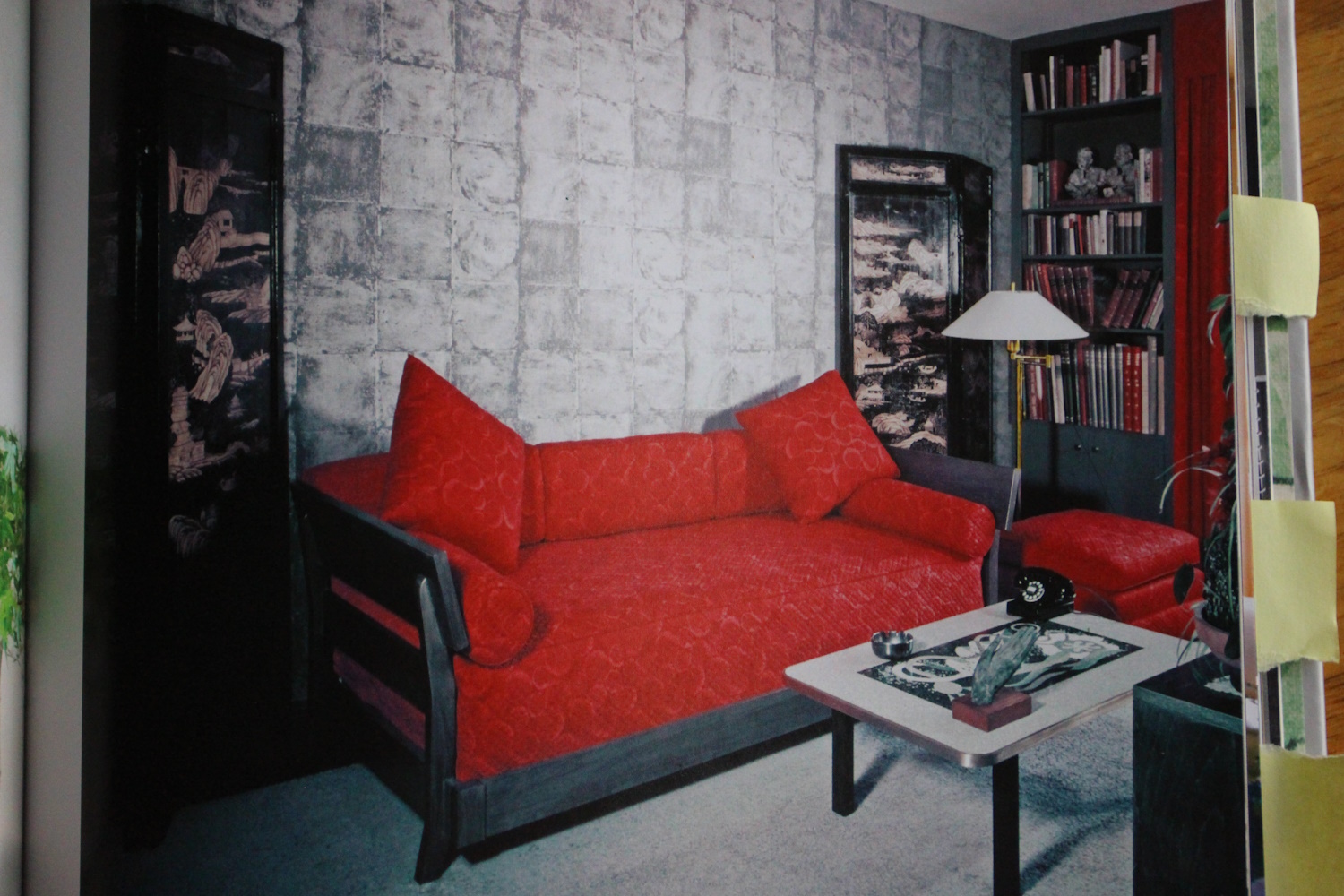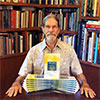Feng Shui and Architectural Digest
I have design indigestion. I’ve been looking at too many copies of Architectural Digest in a short period of time. Some friends of ours subscribe to it and, every few years, they give us their copies. I actually quite enjoy the magazine, but often not for the reasons the publishers intend. I’ve probably seen just about every issue since the 1960’s—all my bookstores carried it.
I rarely read the articles all the way through—usually I just look at the pictures, and maybe read the captions. They have a new editor, and lately they’ve taken to doing something they didn’t used to do—for their photos of celebrities, they note who the designer is for the clothes that the people are wearing—as if it were a fashion magazine. That’s one of the things that I laugh at that the publishers don’t intend to be funny. The other things are some of the outrageously ridiculous objects and interiors that (some) wealthy people think are cool. My phrase for that is people with more dollars than sense.

Oh yuck, yucca. You couldn’t call this a friendly plant. It’s definitely not suited for indoors. Photo by: Susan Barnum [CC BY-SA 4.0], from Wikimedia Commons
One of the dining tables had a huge yucca-type plant in the middle. You couldn’t see over it, and the people around the table would be within inches of very sharp, stiff pointed leaves—like swords. Wouldn’t want to eat there—don’t care how good the food might be!
The ads can also be a great source of laughs. One of Michael Amini’s ads is for a bulky, overdone bed (called Grand Masterpiece) with lights built into the top and every square inch of the bed surface is covered with decorative pillows (complete with karate chop). Karate-chop pillows, which are thankfully becoming out-of-date, are rarely (if ever) seen in the photos of the articles, but Jane Seymour (who designs for Amini) hasn’t been told that, so the nice lines of her couches are often obscured by a plethora of karate chop pillows.
So much for the laughter—I actually learn a lot from the magazine. I’m a much better consultant because of my decades of looking at Architectural Digest. I’ve gotten great ideas, and very often the designers say something that’s spot-on for good feng shui. “Consistency of materials results in a more peaceful experience.” So says Jill Dienst from Manhattan. “I really need order at home. It gives me such a sense of peace.” That from the late Franca Sozzani who used to be the editor of Italian Vogue. Here are a couple more nice quotes from her: “I’m sick of all these decorators! They’re too decorative. I love talking to architects.” And: “The only things I buy and really care about now are books and art.”
Which brings me to the libraries that are pictured in the magazine. It’s so obvious when the books were simply bought for their decorative covers (and never read) or when the resident has books that are thoughtfully chosen, cherished, and read. There does seem to be a current fad in some homes of stacking books on top of each other instead of putting them side by side, as is traditional. That’s fine for coffee tables and side tables, but on shelves, it’s better to put them side by side—that says the information is more accessible.
A few more quotes: “I like to keep things simple. Furniture decorates a room, so you don’t need a lot of colorful fabrics.” That’s from John Rosselli. And this from Bunny Williams, “I get so upset when people ask, ‘What’s new in decorating?’ Just take what you have and make it look new.” Which reminds me—I looked around our home for items that were bought new. Besides the three sinks, toilet, refrigerator, and stove, there are just the pads under the rugs (A pad under a rug adds hundreds of years to the life of the rug.) and the fabric that my husband used to make the curtains between the library and the living room. Maybe there are one or two other items (like a globe and a small rug) but we’re just not big consumers of newly made items.
Something else I like about Architectural Digest is that it was one of the first publications to picture the homes of gay couples and to identify the people (usually men) as couples. This was way before marriage equality came about.
Leave a Comment Cancel Comment
Related Posts
Feng Shui & Prayer Flags
Books About Books—My Favorite Subject
I’m in a Recently Published Book
Recent Posts
Three Famous Gay Men from Huntsville, Alabama

My Youtube Feng Shui Channel




